I gatti sono animali molto curiosi, con qualità e comportamenti molto particolari. Rispetto ai cani, hanno un carattere molto diverso e sono caratterizzati principalmente dalla loro indipendenza e dalla loro mancanza di affetto. Tuttavia, a volte è possibile vedere gatti che si affezionano molto agli esseri umani e si sentono molto a loro agio e tranquilli al loro fianco. È normale che, in questo contesto, i gatti facciano diversi segni di benessere e affetto, come impastare o emettere le loro caratteristiche fusa. Vedendo questi comportamenti nel vostro gatto, vi sarete chiesti perché i gatti si impastano.
La risposta all'impastamento è tipica dei gatti in alcune situazioni molto specifiche. Sarete felici di scoprire quali sono alcune delle cause di questo comportamento. Ecco alcuni dei motivi: scopriteli!
Spiegazione del perché i gatti si impastano
L'inginocchiamento dei gatti è un comportamento appreso durante l'infanzia. Questo movimento, che compiono con le zampe anteriori, permette loro di spingere il latte della madre in modo che fuoriesca meglio. Dopo questa fase, l'azione di impastare nei gatti può essere mantenuta e comparire in momenti diversi. Eccone alcuni.
Sono felici
Uno dei segni che il vostro gatto è felice e a suo agio con voi è che inizia a impastare con le zampe. Può farlo direttamente su di voi, sul divano o su un cuscino. Questa reazione è di solito accompagnata da fusa ed è segno di un elevato livello di benessere. Si consiglia di tagliare gli artigli al gatto, in modo che non vi ferisca quando vi mostra il suo affetto.
Un segno del loro legame emotivo
I gatti sono spesso noti per la loro natura scontrosa e indipendente. Tuttavia, quando un gatto è altamente socializzato con gli esseri umani e ha legato con loro, è normale che si senta a proprio agio con le persone e che apprezzi la loro compagnia. Questo è anche uno dei motivi per cui i gatti si impasticcano. Quando si trovano con qualcuno che gli piace e con cui hanno un legame, è molto comune che si inginocchino in segno di affetto. Quindi, se vi siete mai chiesti perché il mio gatto mi ama, avete già la risposta.
Inoltre, è possibile osservare queste reazioni anche nei confronti di altri esseri viventi con cui possono legare, come cani, conigli o altri gatti con cui condividono lo spazio.
Per sistemarsi
A volte il comportamento di un gatto che si impasta non è legato alla presenza di una persona e non è un segno di affetto. Quando si osserva questa reazione, può significare che il gatto sta cercando di aggiustare la superficie su cui è sdraiato per renderla più confortevole.
Per marcare il territorio
Oltre che per dimostrare affetto, a volte i gatti si inginocchiano per marcare il territorio o l'uomo come proprietà. Quando un gatto vive con altri gatti o animali, può mettere in atto questo comportamento per marcare il territorio attraverso l'emissione di feromoni.
Come richiamo di attenzione
A volte i gatti non si limitano a impastare in segno di affetto, ma vogliono attirare la vostra attenzione. Potreste essere stati distratti per un po' e il vostro gatto vuole che rivolgiate tutta la vostra attenzione su di lui. Per ottenere questo risultato, inizia a inginocchiarsi nell'attesa che voi gli diate amore e affetto. Questo fenomeno tende a verificarsi nei gatti che dipendono maggiormente dall'uomo.
Perché il mio gatto mastica e rosicchia la coperta?
Le coperte sono uno degli oggetti preferiti dai gatti: ci giocano, le usano come nascondiglio, sono comode per dormire e, come avete visto, le impastano per aumentare il loro comfort. Occasionalmente, i gatti possono succhiare o masticare le coperte. Se questo accade occasionalmente, non c'è da preoccuparsi. Tuttavia, se lo si osserva spesso, può essere un segno che qualcosa non va.
Questa abitudine è nota come pica e comporta la masticazione, la suzione, il leccamento o il consumo frequente di oggetti non commestibili. I gatti possono masticare continuamente le coperte per una serie di motivi:
- Stress
- Noia
- Mancanza di alcuni nutrienti
- Malattie cerebrali
Cosa succede se il mio gatto ingoia un pezzo di stoffa o una coperta?
Non c'è nulla di male se i gatti amano le coperte, ma bisogna fare attenzione se le masticano spesso. Bisogna fare attenzione che non ingeriscano oggetti non commestibili, perché, a seconda delle dimensioni, possono causare vari disturbi e ostruzioni all'apparato digerente.
Normalmente, quando ingeriscono un pezzo di coperta, ci vogliono più di 10 ore perché venga espulso, ma a volte possono volerci mesi, causando vari disturbi. Le dimensioni del pezzo possono causare difficoltà nel processo di espulsione e richiedere l'intervento del veterinario.
Se il gatto ha mangiato un pezzo di stoffa che gli provoca disagio, si possono notare alcuni cambiamenti nel suo comportamento, come vomito, diarrea o inappetenza. Pertanto, se il vostro gatto succhia o mastica la sua coperta, è importante che abbiate cura di rimuoverla il prima possibile e di visitare il veterinario in caso di ingestione.
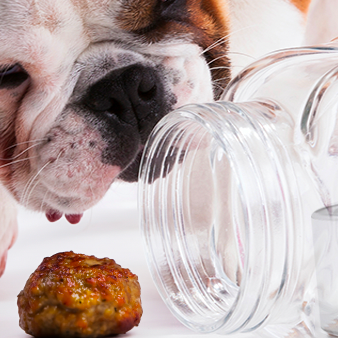


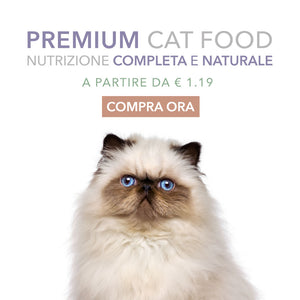
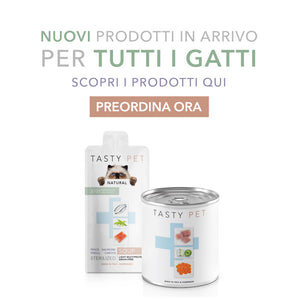

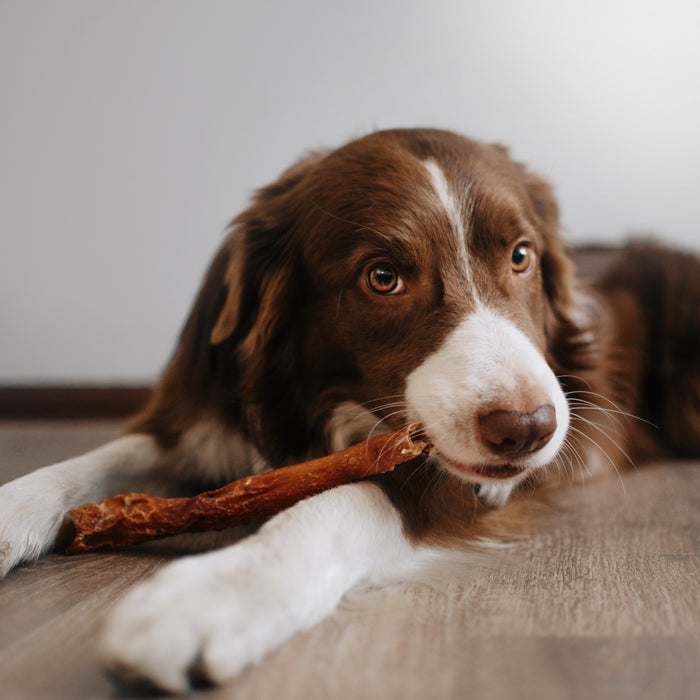
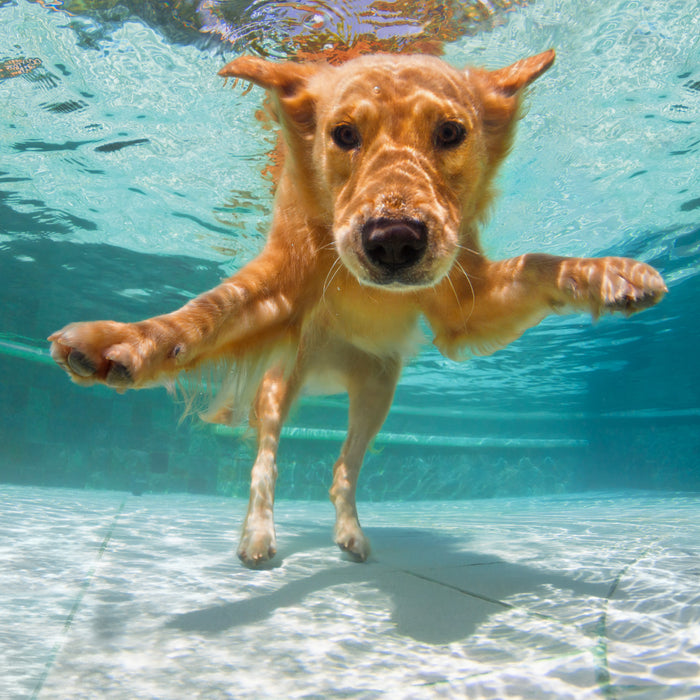
Leave a comment